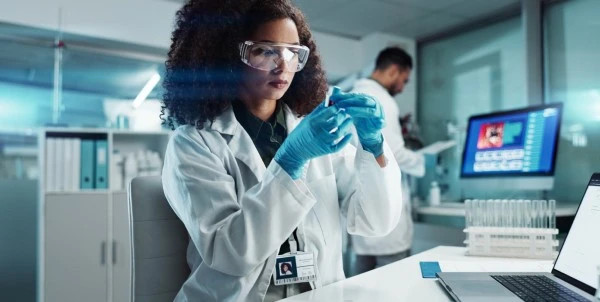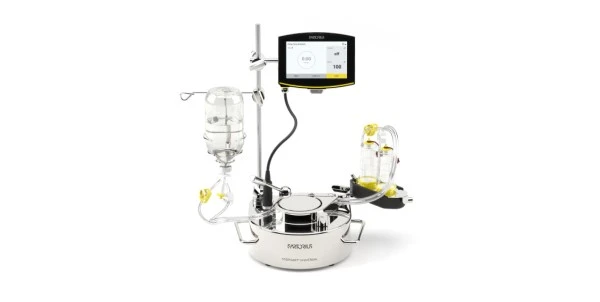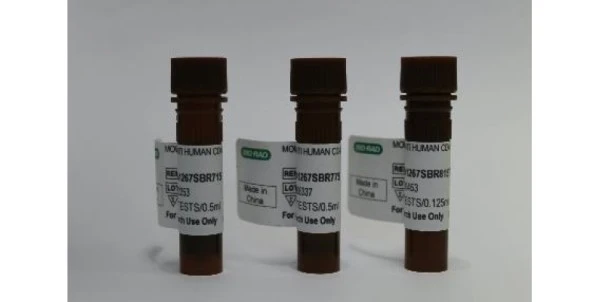
The Challenges Behind Approved COVID-19 Virus Testing and Availability
The emergence of the latest corona virus to infect humans, COVID-19, has been an experience of monumental proportions. First, the virus spread rapidly within and beyond China. This was followed by the rampant infiltration of countries and various responses to contain the spread.
The efforts abroad to contain and test for infection gave the US somewhat of a prelude of what was to come. First-line medical responders would require emergency equipment and protocols to ensure infected individuals were isolated and treated. Testing is absolutely essential for fighting the virus.
The US system was unprepared for COVID-19, however, and the testing kits were not ready, at least not at the onset of the spread and at the scale that would eventually be needed. The problem turned out to involve multiple factors, and the results uncovered serious process issues that must be resolved both to contain the current outbreak and before an outbreak of this magnitude unleashes havoc again.
Challenges of the Initial COVID-19 Test
In the past, the majority of testing for emerging or novel infectious diseases has taken place at the CDC or at state public health labs. The was the case for the former SARS and MERS outbreaks. Testing was centralized within the public health infrastructure and deployment followed protocol. With the escalation of COVID-19 to panademic status and the rapid onset of cases, it became apparent that the current infrastructure would not be able handle the scale and speed of the growing COVID-19 burden. This was compounded by issues with the CDC test and the lack of adequate testing availablity for states in need.
Alternative COVID-19 Tests Lay in Wait
Clinical labs in the US are also equipped to act quickly in the case of emerging infectious disease. These labs typically have the resources and expertise to develop in-house tests.
CLIA-certified clinical labs can develop and validate lab developed tests or LDTs without waiting on approval from the FDA. CLIA status means that labs must undergo stringent evaluation and abide by strict regulations under the direction of the Centers for Medicare and Medicaid Services. CLIA labs have developed countless LDTs in the past, including those for HIV and other pathogens.
As was the case with this outbreak, several CLIA-certified labs built their owns diagnostics tests, unique yet based upon overall similar RT-PCR techniques as the test used by the CDC. However, these labs encountered a problem which delayed the process of implementation.
With changes in policy in the wake of Project Bioshield in 2004, clinical laboratories now had to wait for the FDA evaluation during the roll-out of new diagnostic tests, including those for infectious disease. In the case of the current COVID-19 outbreak, this caused a prolonged delay, around the same time the CDC tests were experiencing their own limitations. Only after the FDA rules were changed on Feb 29, were CLIA-certified clinical labs allowed to commence testing. Mayo Clinic, UNC Medical Center, and others quickly deployed their LTDs
The Importance of Commercial COVID-19 Kits
CLIA-based clinical tests can be challenging to run across labs, due to the needs for sensitivity, specificity, and robustness, for definitive detection in hospital patient populations. As well, these tests can be difficult without customized expertise and equipment. The need for commercial kits was clear for small hospitals and clinics, state testing sites, reference labs, and other sites.
The FDA has stepped up and fast-tracked EUA-approval of kits from several commercial sources, including ThermoFisher, Roche, and Hologic. Over 80 additional testing kit developers have submitted for approval via the FDA fast-track EUA system. The big three mentioned above are built upon instrumentation platforms already widely used in clinical testing sites. With proper implementation, large reference labs can soon theoretically churn through greater than 10,000 samples per day, or over 250,000 samples nationwide, thus effectively tackling the COVID-19 test deficiency.
The Testing Outlook for COVID-19
In the days since the initial wave of approvals, several more diagnostics have been reviewed and approved. A recent EUA-approved test from molecular diagnostics company Cepheid, avoids the need to send samples to a central lab, instead allowing on-site testing in emergency rooms and hospitals, with a time-to-result turnaround of 45 minutes.
Many other testing platforms are in the pipeline to complement the growing number of diagnostic solutions. CLIA-approved clinical tests serve the duties of larger hospitals and clinics with the proper infrastructure, commercial kits serve reference labs and state clinics, while point-of-care units and ERs are targeted by rapid detection kits. An important next stage of development is serological testing based upon disease-specific antibodies. Such assays may be simple, produced rapidly, and at the scale needed to outfit remote sites such as doctor’s offices, outpatient clinics, and mobile testing sites.
Despite the early challenges that appeared with the onset of this unprecedented, highly-infectious disease, innovation and production will prevail in the fight against time. These diagnostic platforms will make the ultimate difference in monitoring progression and serving first-line surveillance -- for the current COVIS-19 outbreak and perhaps for those that emerge in the future.










